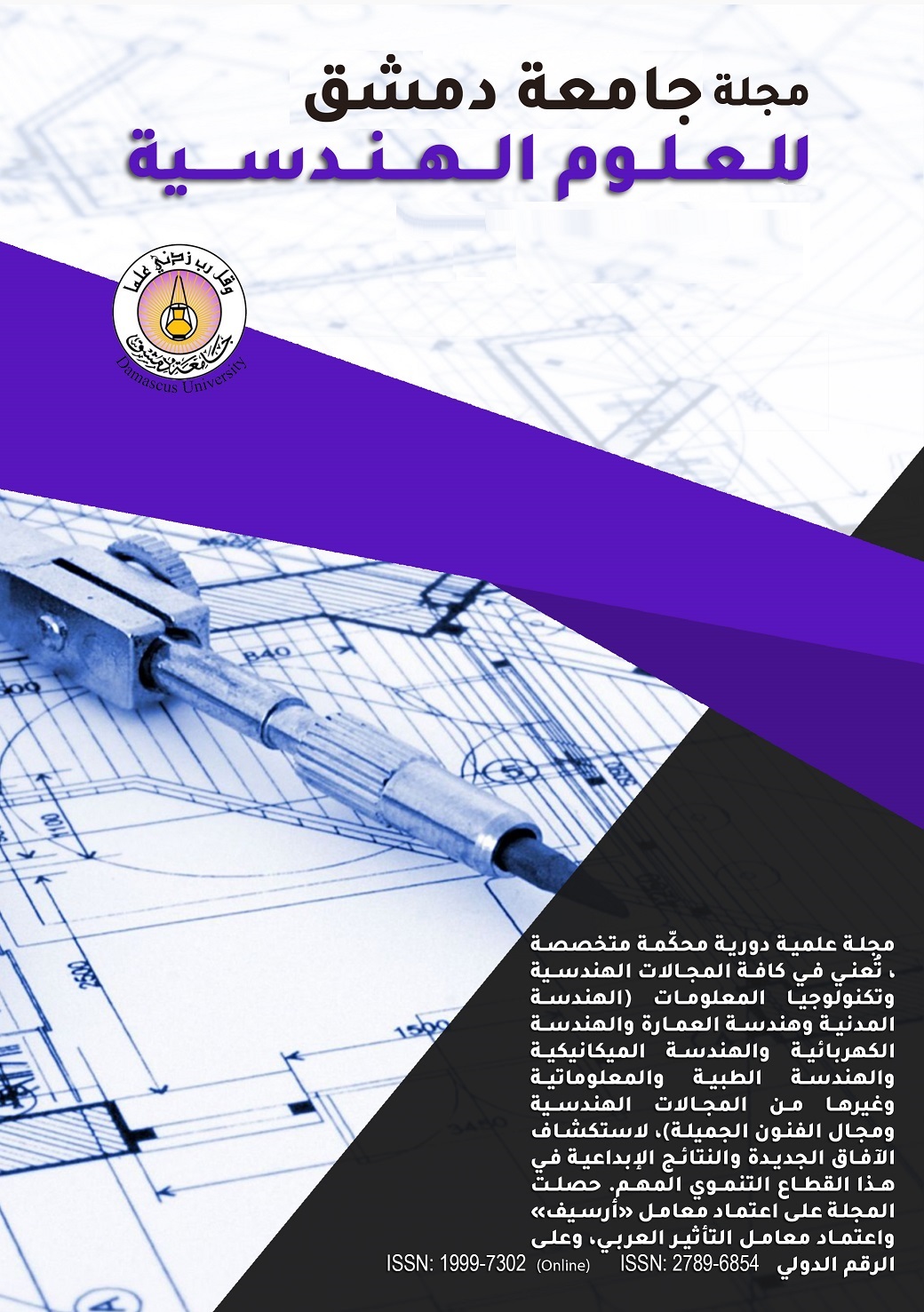Eclecticism in architectural representation inside the religious buildings in Syria during the first millennia A.D.
Keywords:
Architecture, Eclecticism, First millennia A.D., Fresco, Mosaic, perspective, religion, representation, SyriaAbstract
Due to its strategic site, Different human groups had invaded Syria, and that imprinted its architectural products with a cultural mixture. In the first millennia A.D., the military events in the region accelerated the changing of styles either in Arts or in Architecture.
During this period, the local cultural identity had found its-self face-to-face with Socio-Religious exigencies. The reaction, so, was by showing the local identity through the architectural representation. This latter had been intensified between the third and the eighth centuries A.D., changing from the documentation into creating strange original architectural forms, which showed the criteria of the eclecticism.
The article deals with three religious buildings from Syria, which were characterized with architectural representation, and each one is related to one of the Abrahamic religions : the Synagogue of Dura Europos in the lower valley of Euphrates, the church of the Saint Martyrs in Tayyibat al-Imam in central Syria, and finally the Great Omayyad Mosque in Damascus the Capital.
The common point for these buildings is the critical moment of construction that was a transitive step between three long characterized eras: the classical Greco-Roman art with its figurative arts, the Byzantine art with its prestigious buildings and finally the Islamic art with its concept of iconoclasm.

